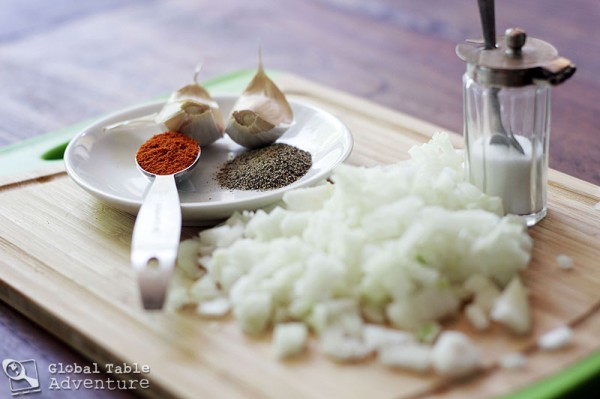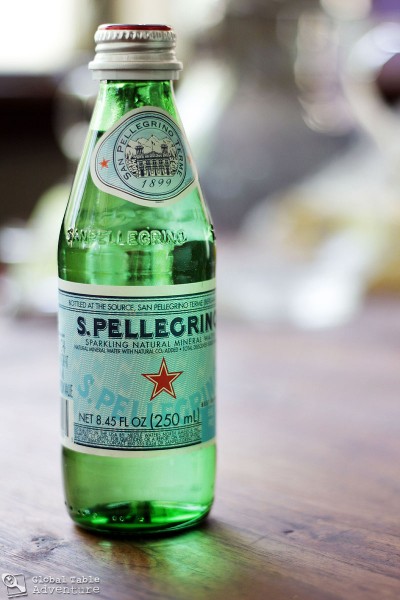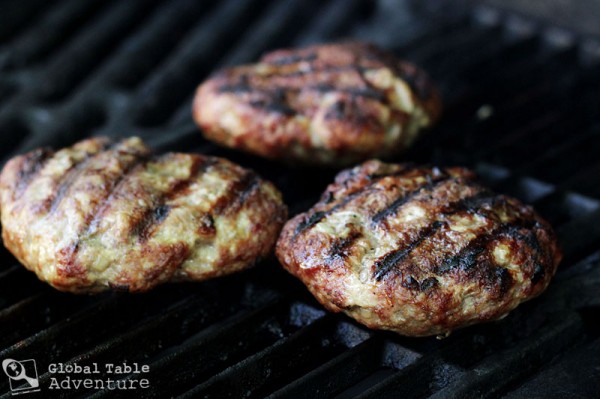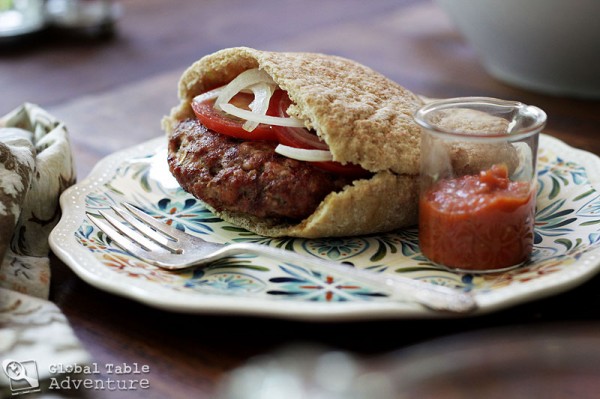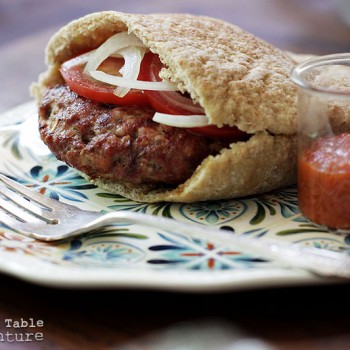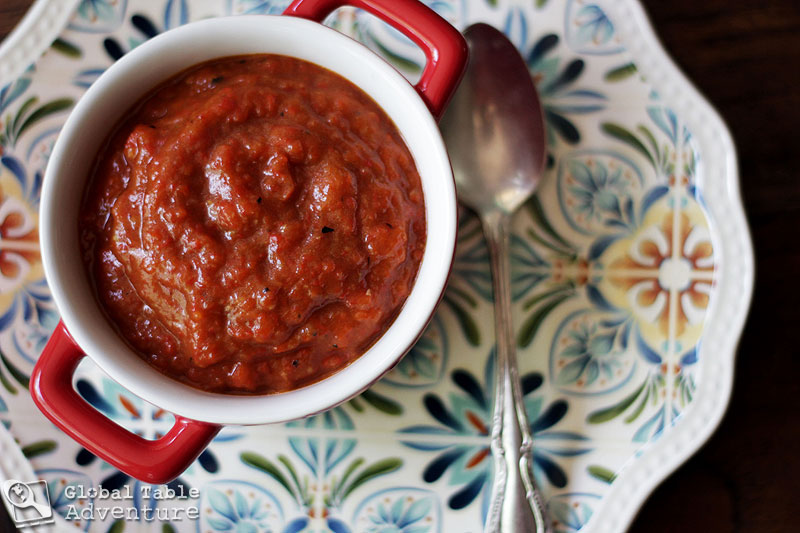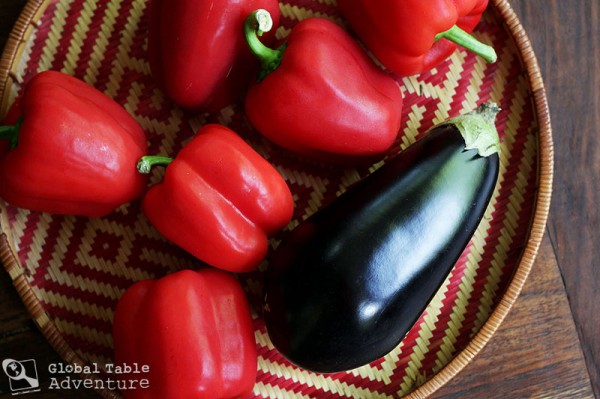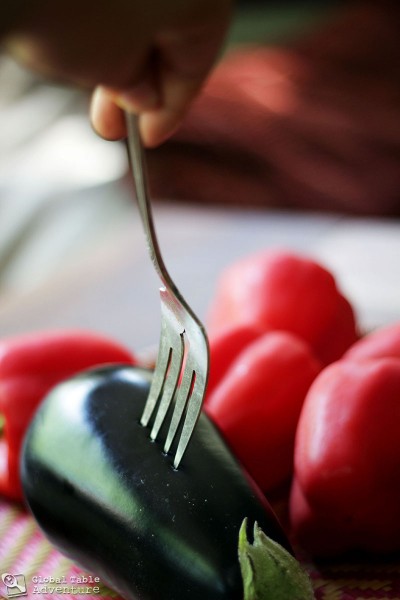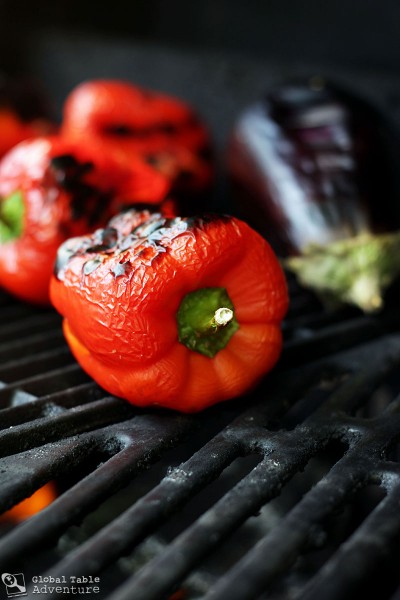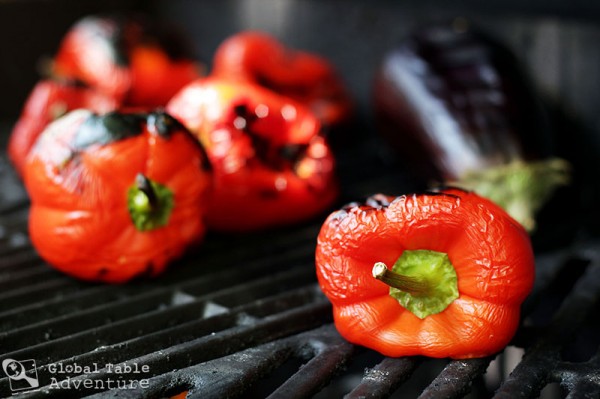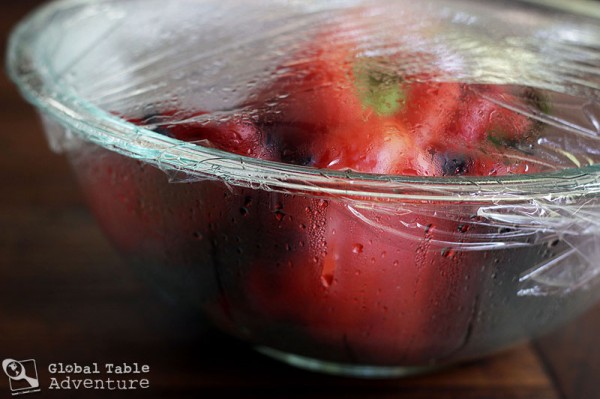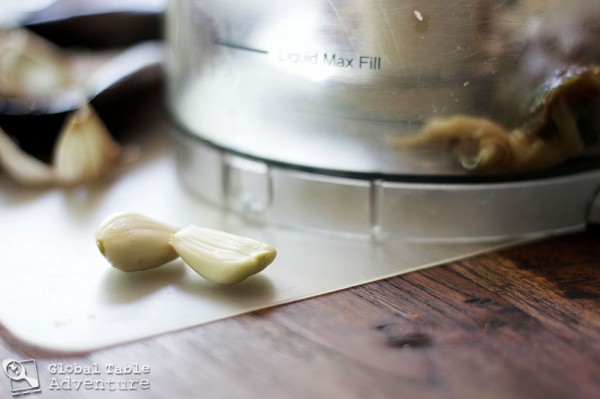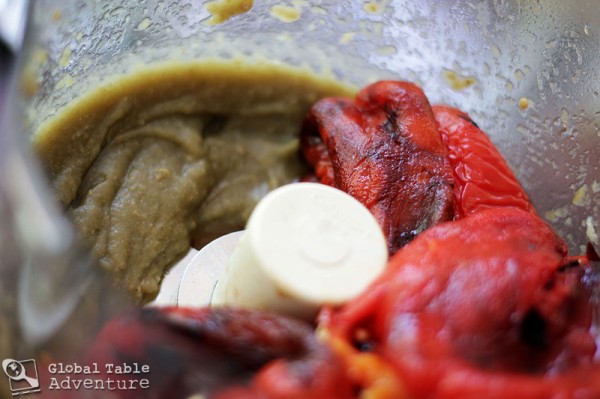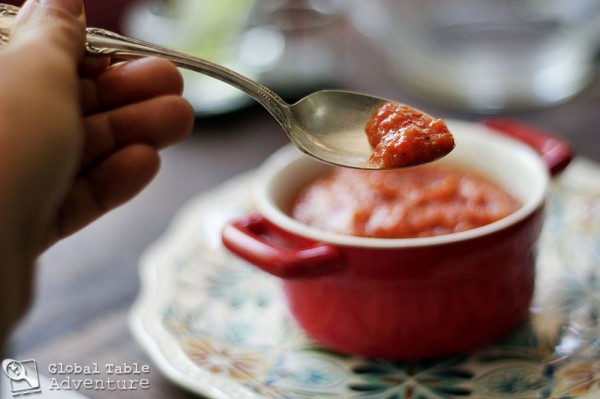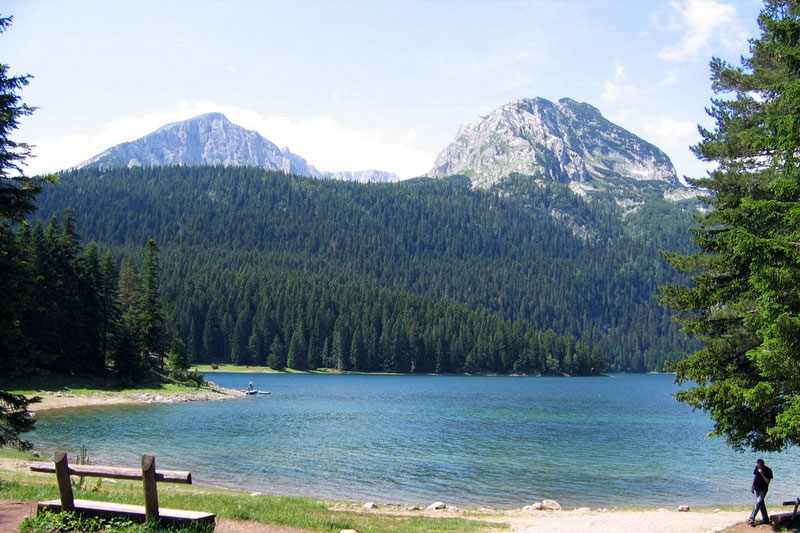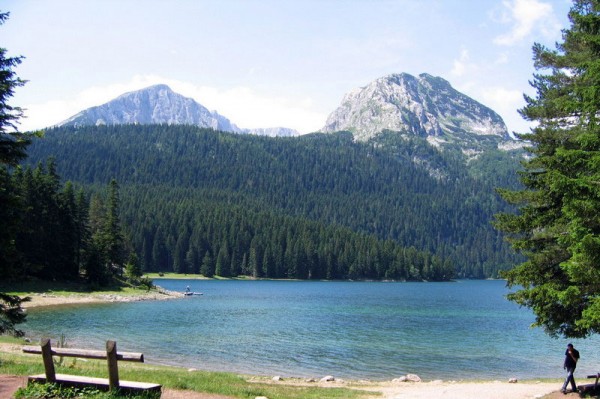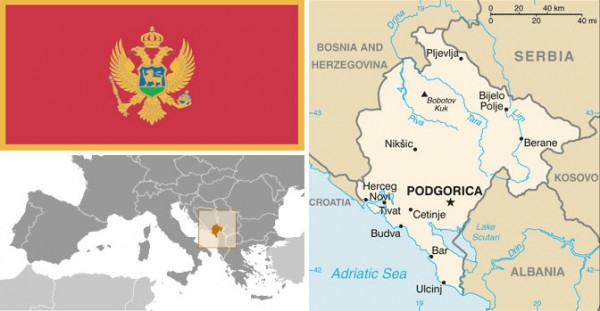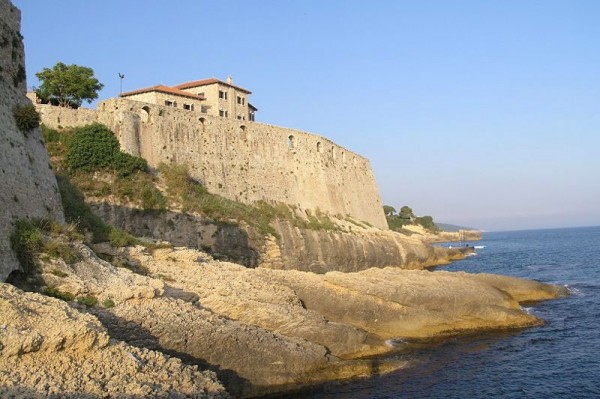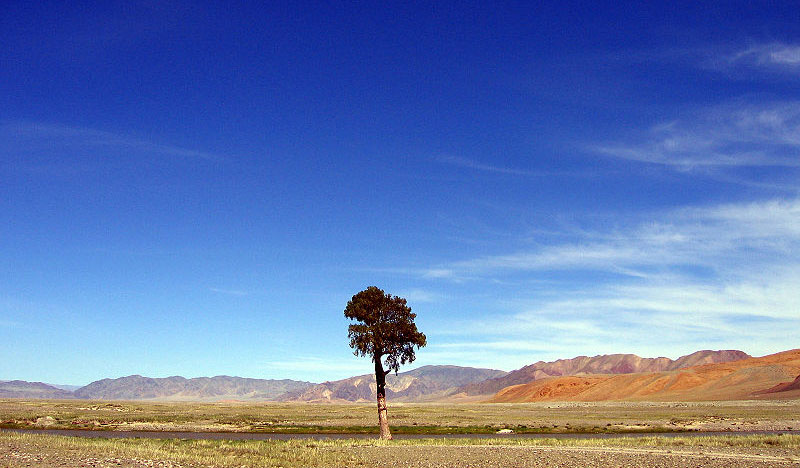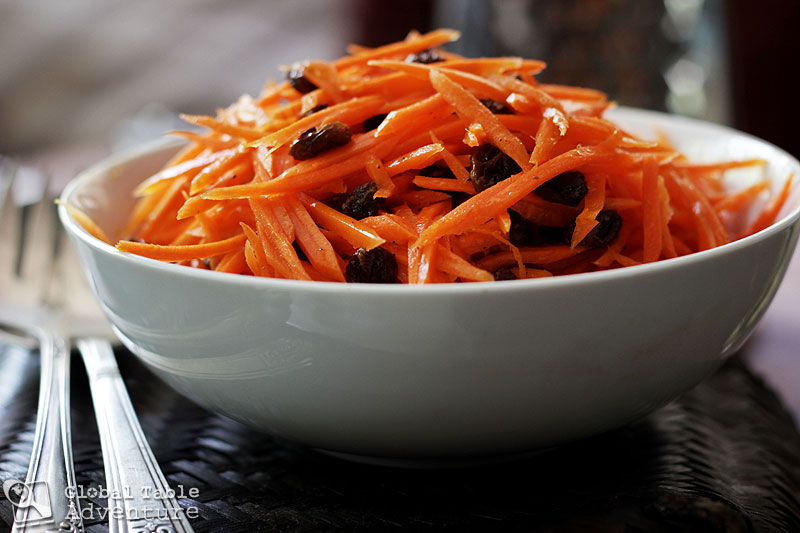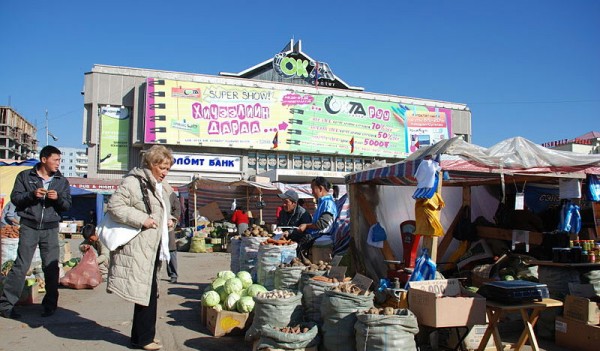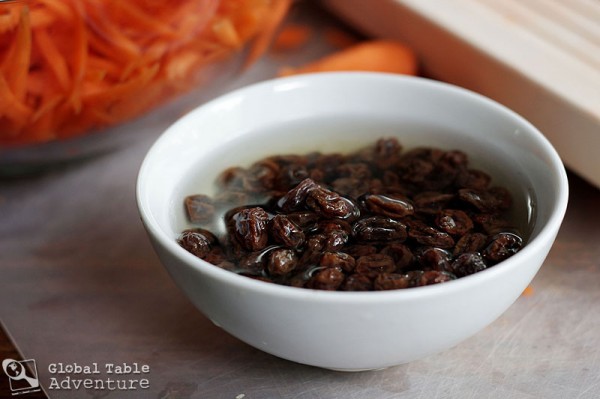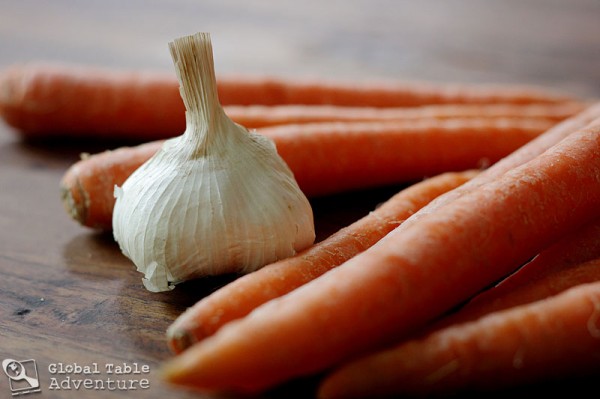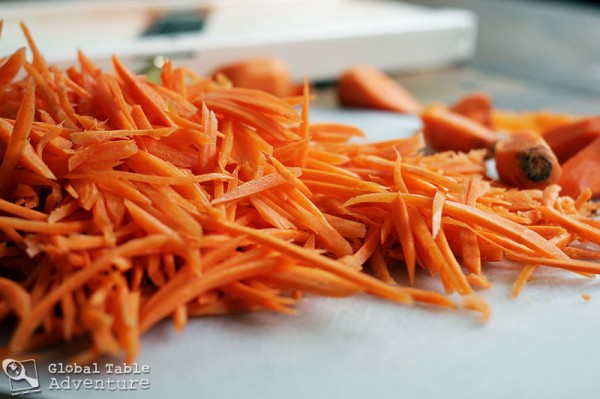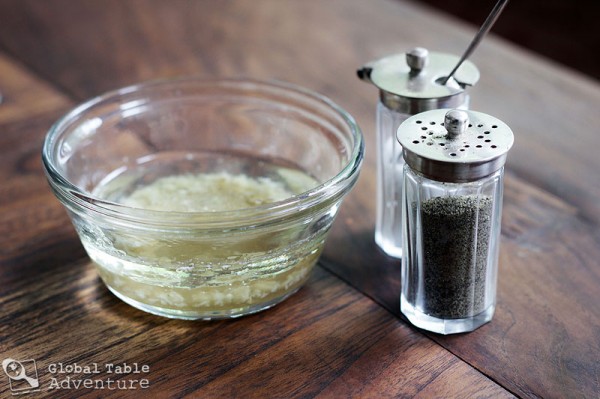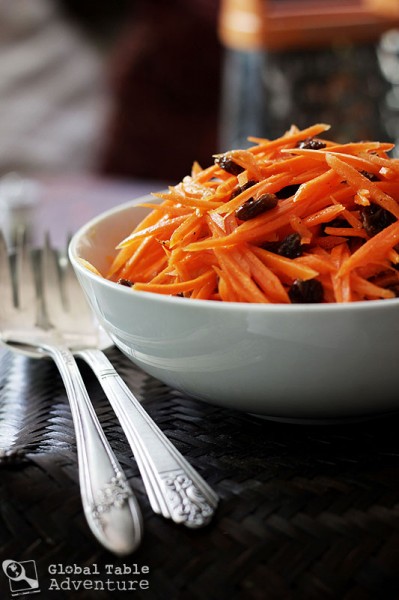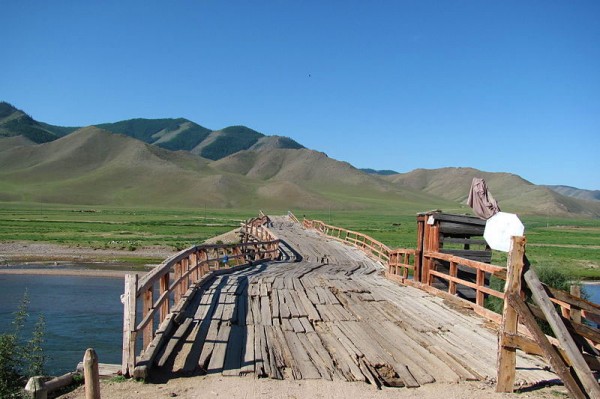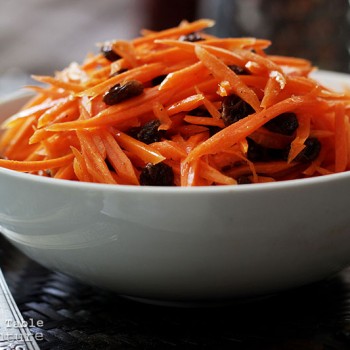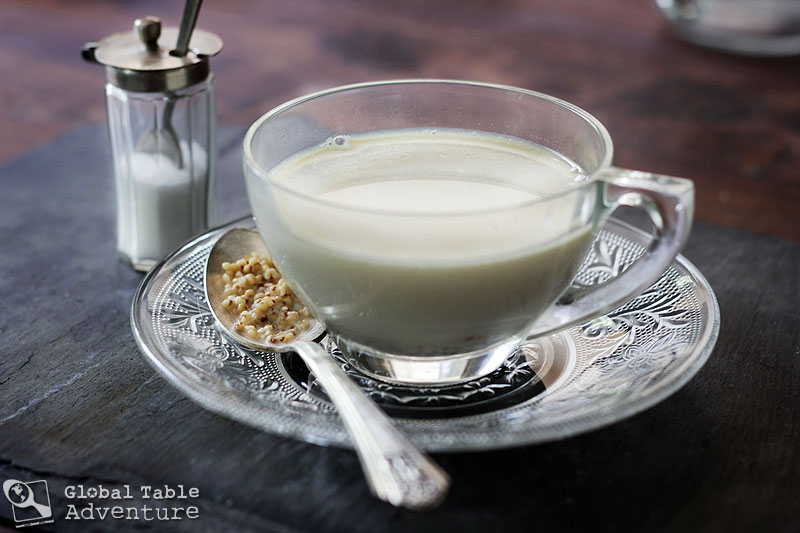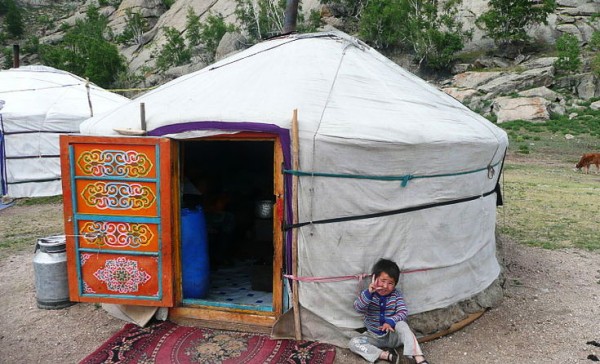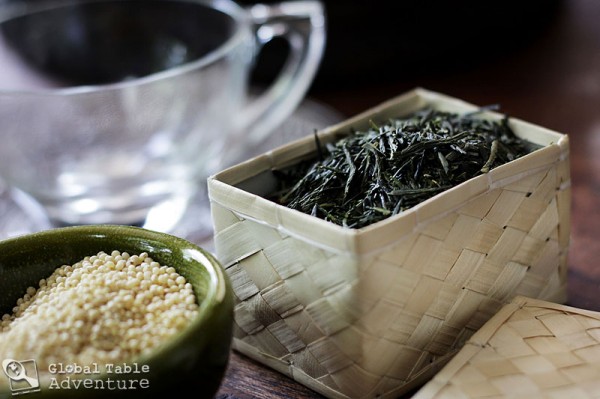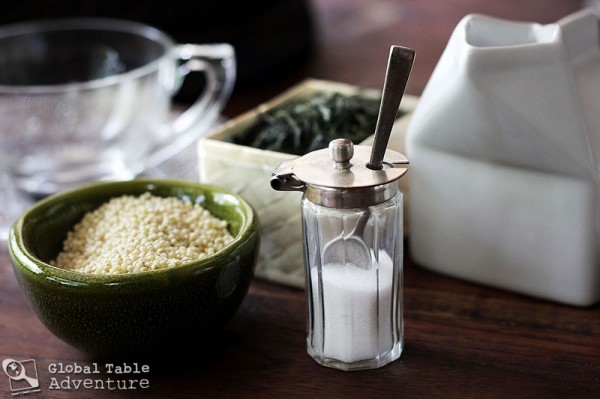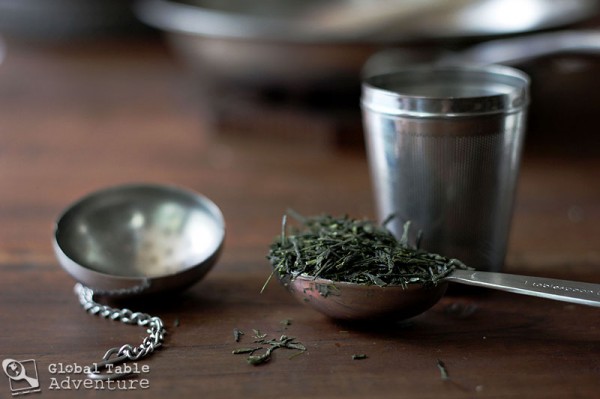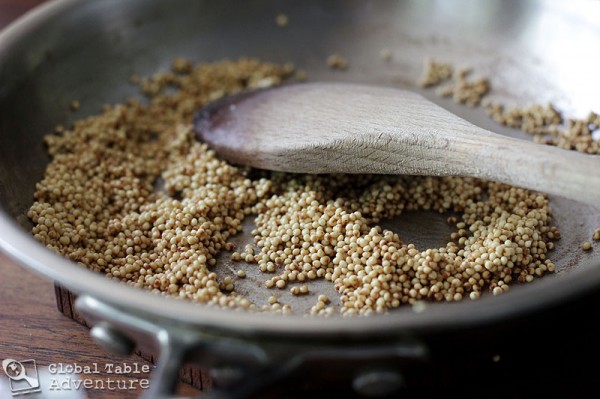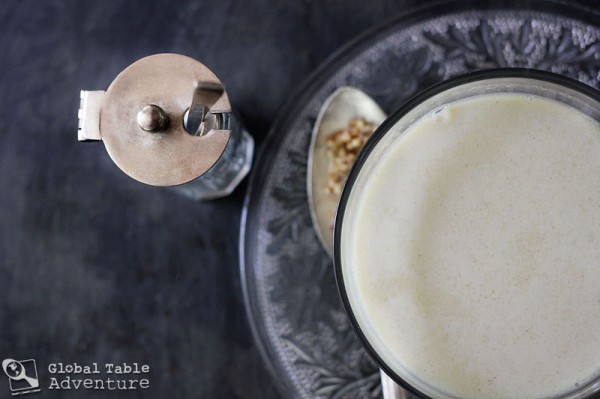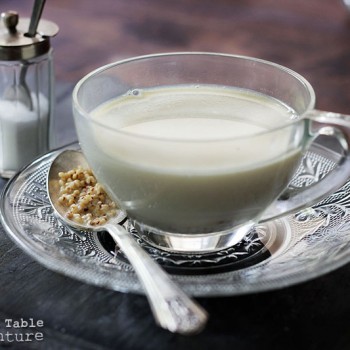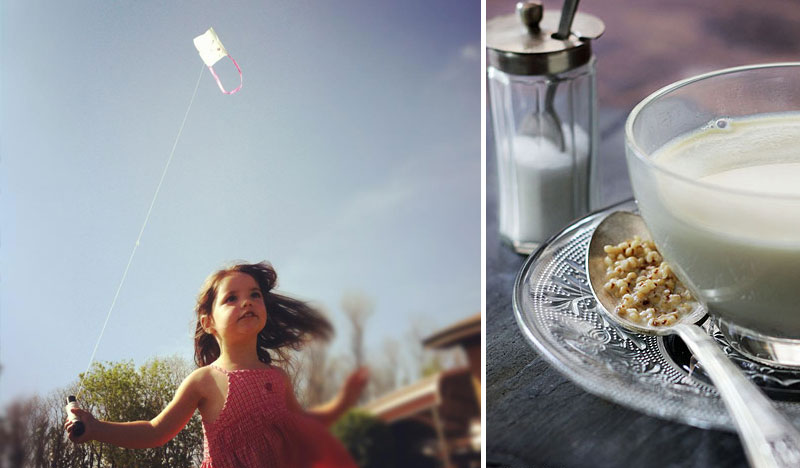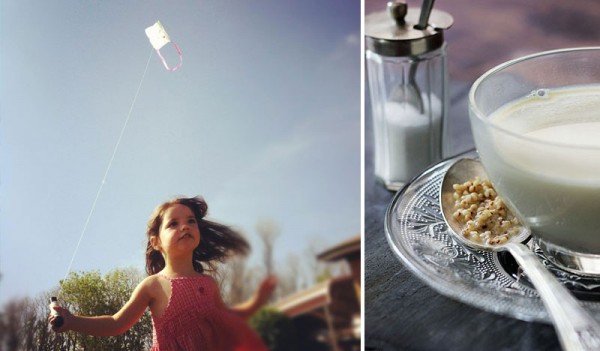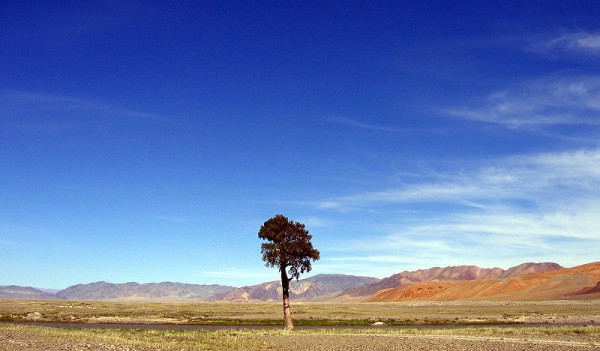
Western Mongolia. Photo by tiarescott.
THE SCENE
This week my brain is stuck on Mongolian nomads. I am obsessed.
While I sip my hot, salty tea I think of their fierce loyalty in brutal winters.
While I nibble the tangy carrot slaw, I imagine how hard it must be to move five times a year – so often that you cannot keep a veggie patch. So often that even a basic carrot salad would be a major treat, normally reserved for city folk.
I take so much for granted.
But what really hit home is how these nomads (who live so many places) are never homeless.
Never alone.
When something (good or bad) happens in their lives, nomads from other Gers (the portable homes they live in) show up to help. They come out of nowhere, from miles away.
From over the hills.
Through the vast emptiness.
And they chip in to help however they can.
While it can seem like each family unit is isolated in nothing but a giant expanse of blue sky and crusty grass, nothing could be farther than the truth. These are real neighbors. Friends. Family.

Flaming Cliffs, Gobi Desert (Mongolia). Photo by Zoharby.
In comparison, I, who have lived the same place for the last 7 years (during which time the nomads would have moved some 35 times), should have nothing to complain about.
But here’s the thing.
Even in my static address I often feel homeless. Without family. Aside from a few pleasantries, I don’t even know my neighbors very well.
This is the side effect of living in a global community, where families separate and move on a constant basis.
Where everyone can do what they want.
My three siblings, my mom and I all live in different states. That would make 5 houses to navigate during the holidays, except for the fact that Keith’s family has to factor into the equation as well.
It’s complicated, to say the least.
This has been bothering me for the better part of two years now.
It all started way back when I found myself alone at the hospital with Keith, not knowing if he was going to live or die. He was hooked up to all sorts of sensors. He couldn’t even stand to take a shower without losing breath. I was terrified.
I fell apart under the pressure and, because I had no family in town (his son was stuck at work and I couldn’t get through to the friends I did try to call), there was no one there to pick up the pieces. No one to cuddle Ava while I cried.
Or so I thought.
When I told people about it, they all said “You should have just asked. We would have helped.”
Why is this so hard? Why is it so hard to reach out and ask for help?
Whether we keep our problems to ourselves or pretend like everything is “just fine,” the end result is the same: we become isolated.
And life is 100,000,000 times harder.
But I learned something this week.
The Mongolians aren’t afraid to send out the call.
They beckon from over the hills and through the emptiness. And, somehow, amazingly, people show up.
Could this work here in Oklahoma, half a world away?
Maybe if we let down our guards enough to beckon, we might be pleasantly surprised at who would show up from over the hills.
For the first time in two years, I feel like I get it.
To create the feeling of “home” in our highly mobilized society, we must lay down some roots. But instead of tethering ourselves to the earth, these roots must connect to people.
It’s understood in Mongolian culture: in this vast unknown we call life, we need each other.
So here’s to building good roots, wherever we may wander.
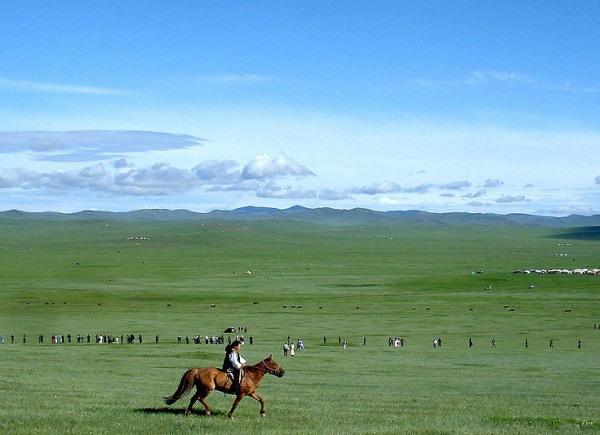
Mongolian horse racing on the steppe. Photo by Naadam.
THE FOOD
Mongolian Millet & Green Milk Tea (Suutei Tsai) [Recipe]
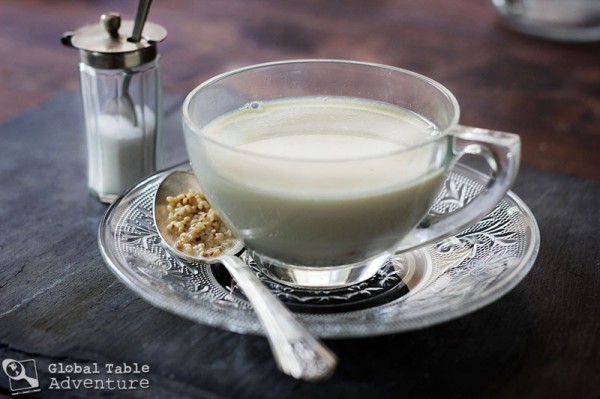
What I liked most about this drink:
Everything I read claims that westerners have trouble enjoying this drink, but I find if you go into it expecting the drink to taste more like hot, milky cereal you’ll be alright. It was another one of those dishes that I dragged my feet on sharing with Keith and Ava. I was totally afraid of rejection on this one.. thankfully I built it up more in my head than what it was in reality. Ava didn’t seem to notice the “odd taste”, probably because she doesn’t have expectations yet.
What I liked least about this drink:
The key to this drink is to avoid boiling the green tea (this will make it bitter). I find that, if you add a hefty amount of salt, the drink actually becomes more enjoyable.
Mongolian Carrot Salad [Recipe]
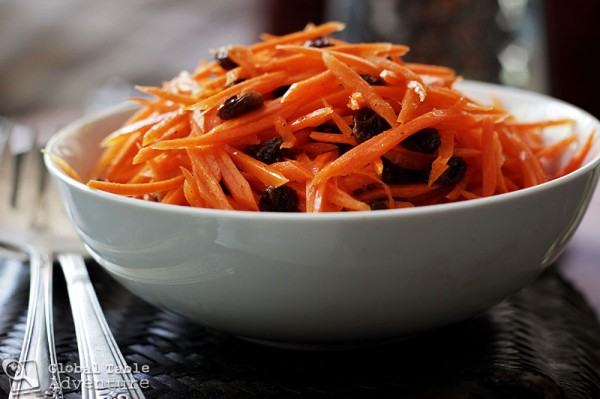
What I liked most about this dish:
Ohhh, for someone who doesn’t like raw carrots a whole bunch (me!), I can’t believe how much I’ve been craving this salad ever since I made it for this meal. While strange sounding, the contrast between the garlic and sweet raisins is just right. We shared it with friends who were to be married the next day. So fun and festive! Ava ate a little and Mr Picky ate more. I have a feeling this beautiful, brilliant orange will make many appearances on our dining table from here on out.
What I liked least about this dish:
I am probably in the minority, but I could have used more dressing on this salad (then again, I’m known for blasting away my family with strong vinaigrette. It’s always a good idea to start off light and add more as needed. If you let the salad sit for several hours in the fridge you will most likely need to reseason it with salt (if not more dressing).
Ava’s Corner


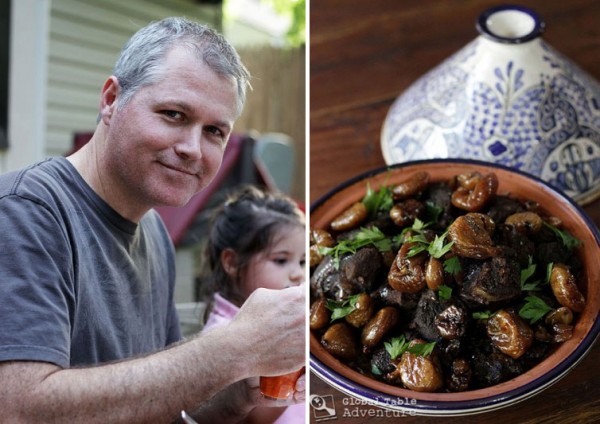
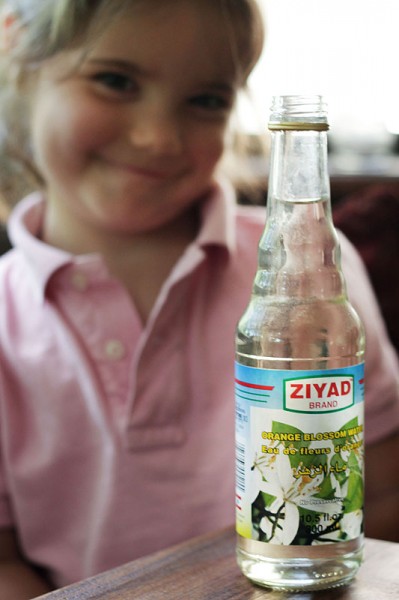
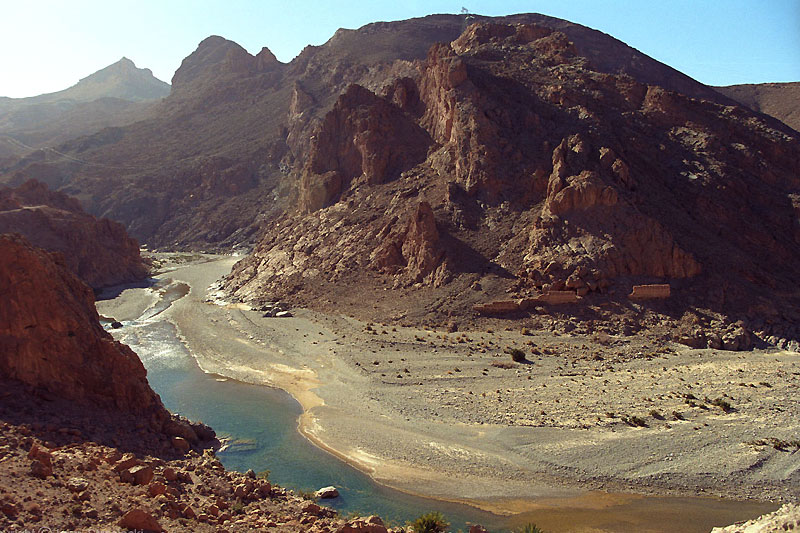

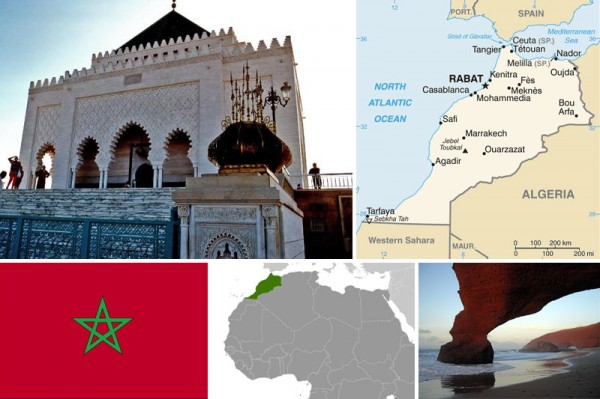
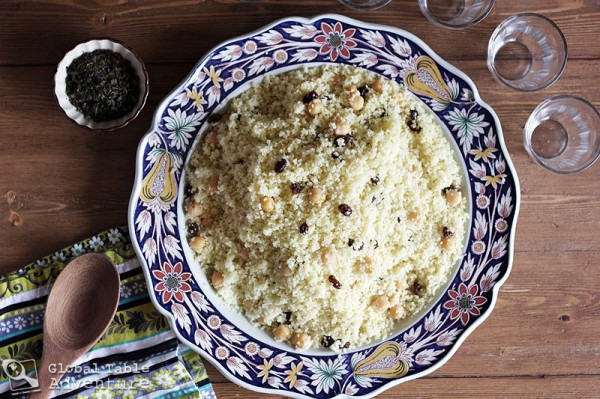
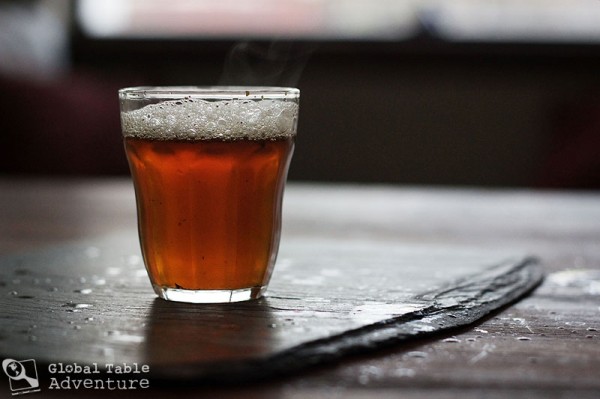
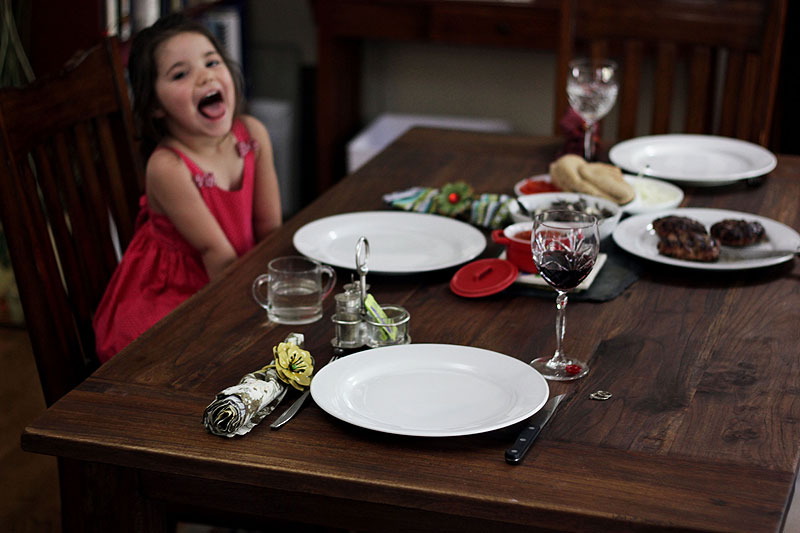
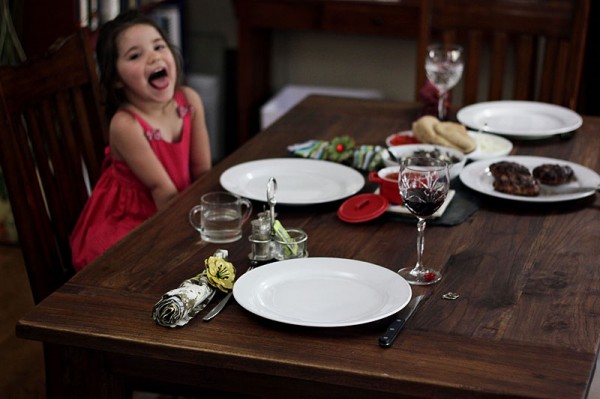


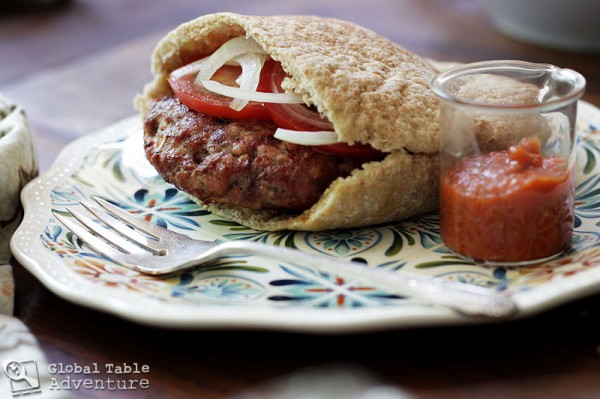
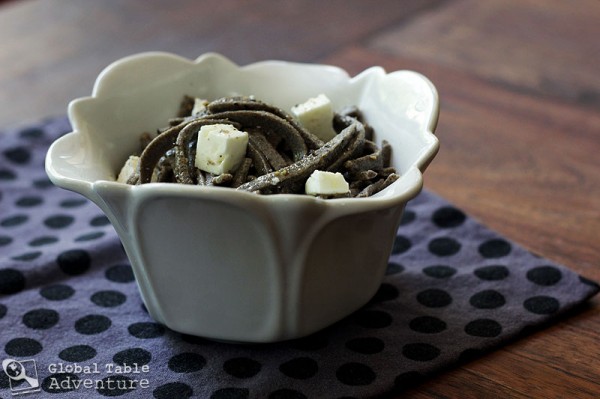
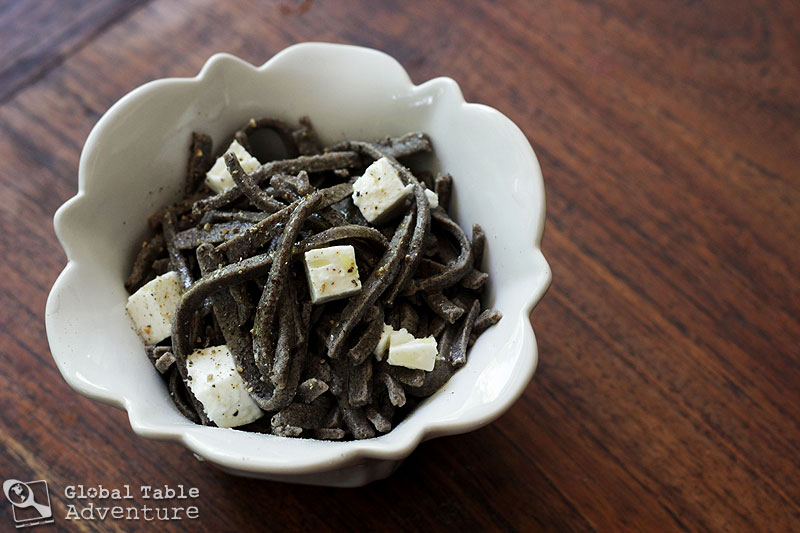

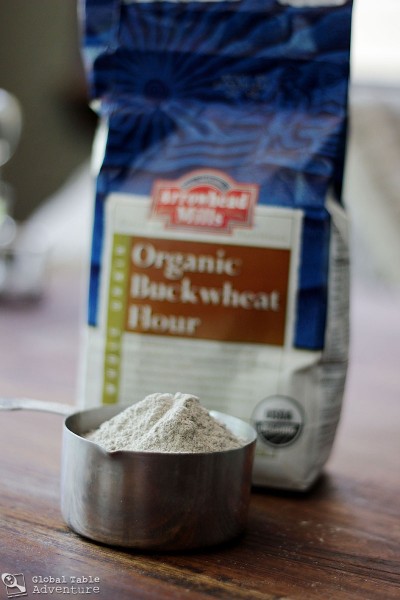
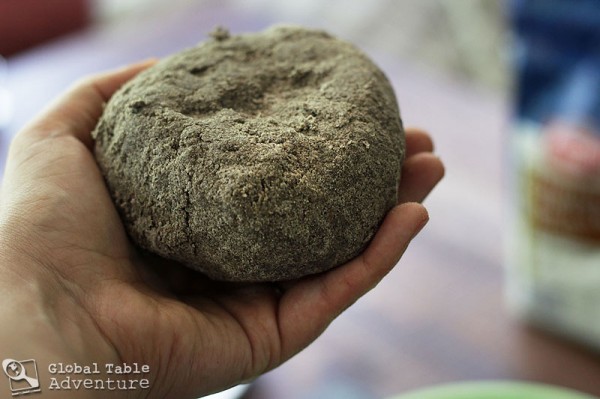
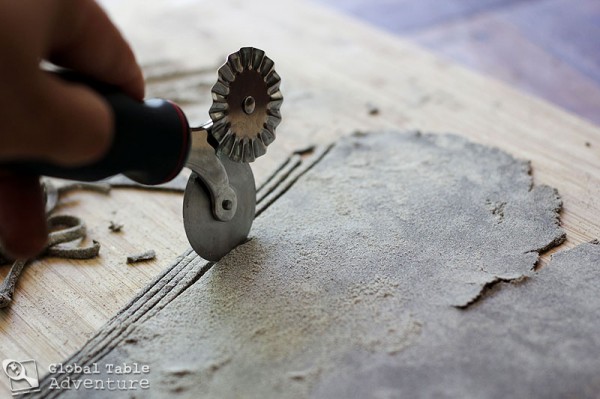
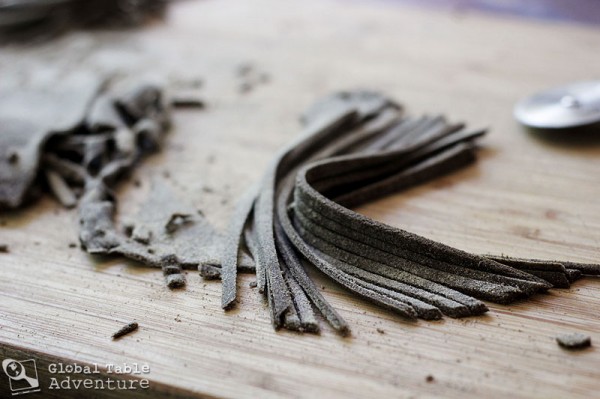
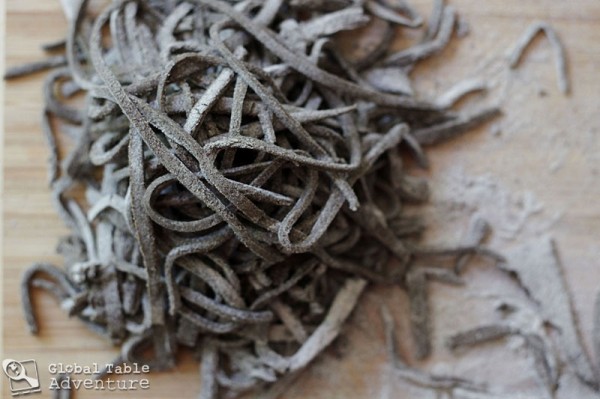
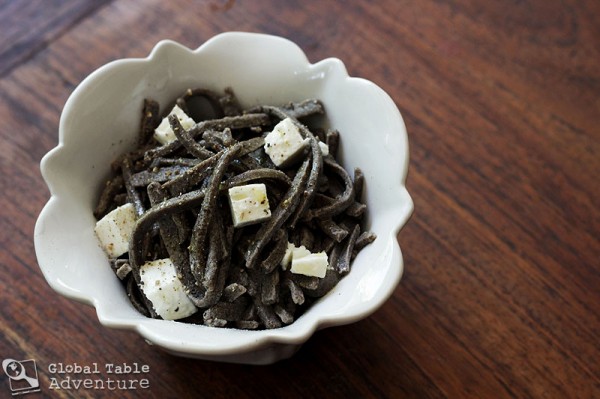
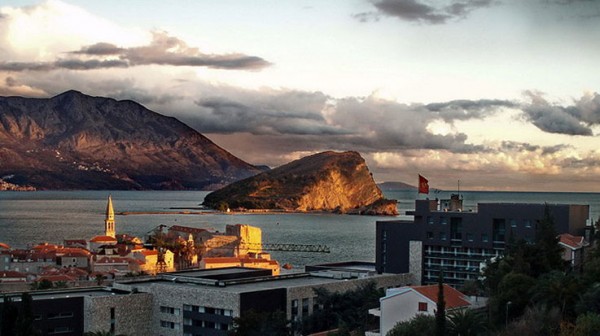
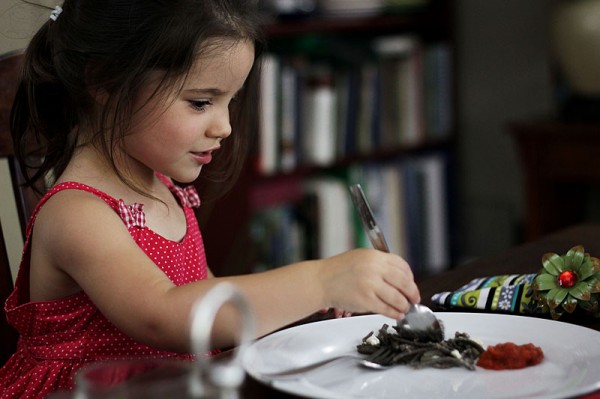
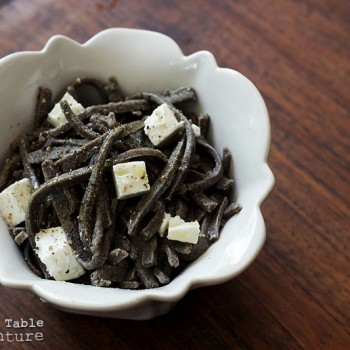
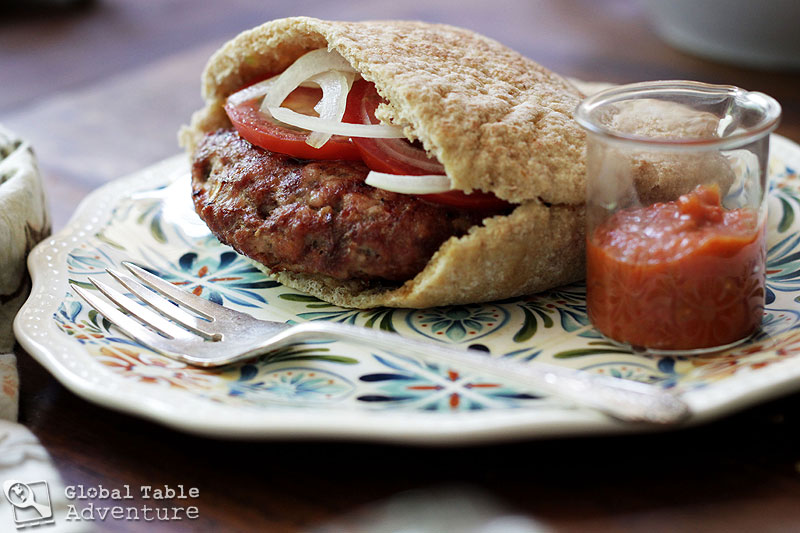
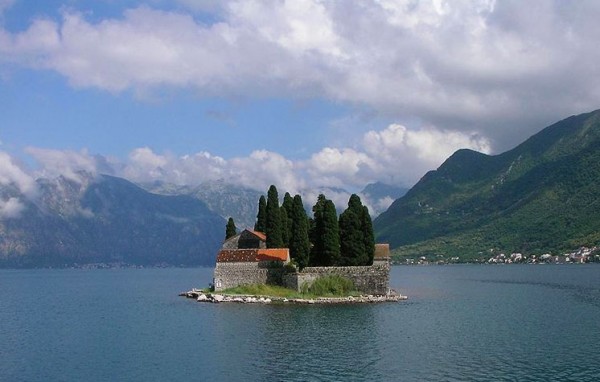
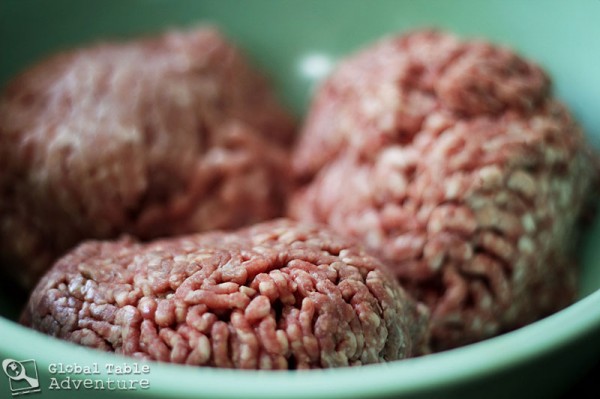 Use your hands to mix in the onion, garlic, paprika, salt, pepper, and bubbly water.
Use your hands to mix in the onion, garlic, paprika, salt, pepper, and bubbly water. 